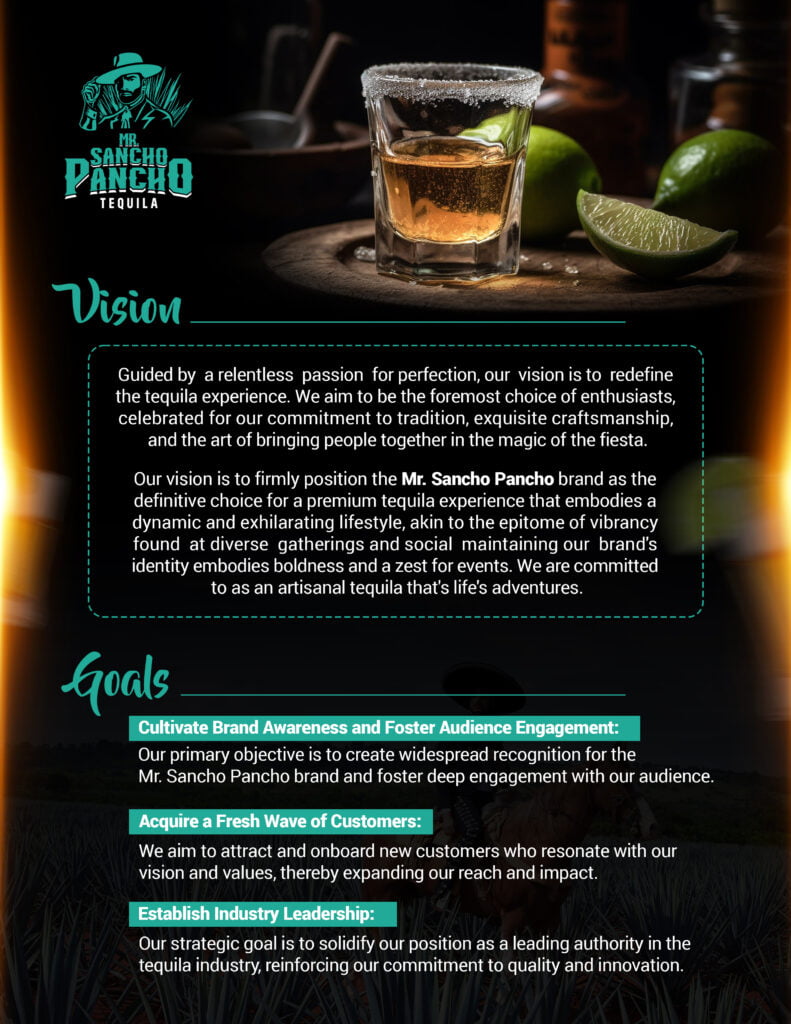Delve into the intriguing world of tequila with an exploration of how this beloved spirit is traditionally crafted. Authentic tequila is not just a beverage, it’s a testament to tradition, history, and meticulous craftsmanship. Let’s take a journey through the steps of creating genuine tequila of the highest quality.
Selecting the Right Agave Plants
The journey of crafting authentic tequila begins with choosing the best Agave tequilana plants. These blue agave plants are the heart and soul of genuine tequila, grown primarily in the region around Tequila, Mexico.
What makes the blue agave so special? It’s the unique properties within its piña that contribute to tequila’s distinct taste. Rich in fructans, particularly inulin, blue agave provides the complex sugars needed to create tequila’s smooth texture and rich flavor.
The geographical indication of the agave is a significant factor. Only agaves from designated areas in Mexico, including Jalisco, Guanajuato, Michoacán, Nayarit, and Tamaulipas, are used for making authentic tequila. This specific region contributes to a terroir that influences the quality and flavor of the beverage.
Harvesting the Agave
Known as ‘jimadores’, skilled farmers harvest the mature agave plants. With masterful precision, they remove the sharp leaves to expose the piña, the core of the agave, which is essential for tequila production.
The skill of a jimador can’t be understated. Their ability to determine the optimal time to harvest each agave plant is crucial. Timing ensures the piñas are ripe with sugars, which is vital for quality tequila.
Harvesting is done by hand, using a special tool called a ‘coa de jima’. This allows jimadores to work with precision and care, maintaining the integrity of the piña for optimal fermentation and flavor development.
Cooking the Piñas
The piñas are then slow-cooked in traditional ovens or autoclaves, transforming the complex sugars into fermentable ones. This process is crucial in developing the unique flavor profile of authentic tequila.
Traditional ovens, known as ‘hornos’, are often used for cooking the piñas. This method allows for a slow and even conversion of starches into sugars, essential for a balanced and flavorful tequila.
For larger production, some distilleries use autoclaves, which can cook the piñas at a higher pressure and temperature, accelerating the process while preserving sugar content. Each method brings its own nuances to the final taste of tequila.
Fermentation
Once cooked, the crushed piñas are mixed with yeast to begin fermentation. This natural and time-consuming process converts sugars into alcohol, forming the tequila’s characteristic aromas.
The choice of yeast, whether natural or added, can significantly influence the flavor profile. Natural fermentation relies on wild yeast present in the environment, offering unique flavors with each batch.
Fermentation occurs in open or closed vats, each impacting the final taste. Open vats allow environmental yeast to play a role, while closed vats provide more control over the fermentation process.
Distillation
Tequila undergoes two rounds of distillation in copper or stainless-steel stills. This crucial step refines the liquid, concentrating alcohol content and enhancing flavors.
The first distillation, known as ‘destrozamiento’, separates the alcohol from the rest of the fermentation mixture. This ‘ordinario’ is redistilled to create the final tequila product.
Each distillation allows master distillers to ‘cut’ the unwanted components, refining the tequila’s taste. Copper stills are favored for their ability to enhance flavors due to their heat conductivity and chemical properties.
Aging and Bottling
Finally, to create different varieties, tequila is aged in wooden barrels for varying periods. Once aged to perfection, it is bottled, ready for the world to enjoy.
Tequila can be classified into different categories based on aging: blanco, reposado, añejo, and extra añejo. Blanco tequila is unaged, capturing the pure essence of agave, while the others are aged for months to years, developing a deeper, more complex profile.
Aging in oak barrels imparts rich flavors, such as vanilla and caramel, transforming the tequila into a more sophisticated drink. The bottling process ensures these flavors are preserved and ready for savoring.
The Art and Craft of Authentic Tequila
Understanding the craftsmanship behind authentic tequila not only enhances your appreciation but also enriches your drinking experience. From the careful selection of agave plants to the traditional distillation process, every step is crucial in crafting a tequila that’s rich in flavor and history.















